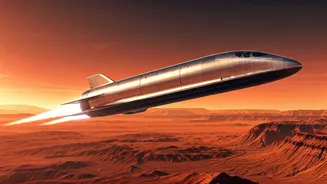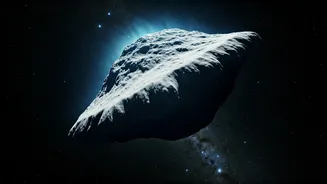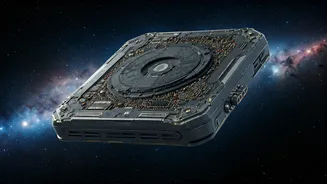The Martian Mystery
The mission's core objective is to analyze the present-day Martian atmosphere and its interaction with solar activity, specifically examining how solar wind
affects a planet's atmospheric loss over time. Mars, which had a thicker atmosphere and liquid water billions of years ago, is now a cold, desert world with a thin atmosphere. Understanding this transformation is key to unlocking the Red Planet's past and present. The twin probes are not just focused on what is now; they will also provide insights into the process of atmospheric erosion, helping scientists to reconstruct the conditions that once existed on Mars and how it lost a significant portion of its atmosphere.
Twin Probe Details
The probes, designed for this endeavor, will be equipped with specialized instruments to monitor the solar wind and the Martian atmosphere. These sophisticated tools will measure the density, temperature, and composition of the upper atmosphere. They will also assess the rate at which atmospheric particles are escaping into space, particularly when solar storms occur. Both probes will work in tandem, allowing for simultaneous measurements at different locations. This coordinated approach ensures scientists can build a complete picture of atmospheric processes and identify how the Sun’s influence has shaped the Red Planet's environment. The data gathered will offer a deep dive into the effects of space weather on the Martian atmosphere.
Solar Storm Impacts
Solar storms can have significant impacts on a planet's atmosphere, and the twin probes are crucial to studying this. Solar flares and coronal mass ejections (CMEs) release massive amounts of energy and particles. When these disturbances reach Mars, they can interact with the atmosphere, causing atmospheric particles to be swept away by the solar wind. The probes will closely observe the effects of solar storms, measuring the changes in the Martian atmosphere during and after these events. By comparing data during both quiet and active solar periods, scientists can better quantify the degree to which solar activity contributes to atmospheric loss on Mars. This will provide a deeper understanding of the processes that stripped away much of the Red Planet's atmosphere over billions of years.
Unveiling Atmospheric Loss
A major goal of the mission is to determine how the Martian atmosphere has been stripped away by the solar wind. Studying the composition and density of the atmosphere and measuring the rate at which atmospheric particles escape into space will offer crucial insights. The probes will provide information on the various factors that contributed to atmospheric loss, including the solar wind's strength and the planet's magnetic field. This comprehensive data will allow scientists to reconstruct a timeline of Martian atmospheric evolution and understand how the planet transformed from a warmer, wetter environment to the cold, arid world observed today. This information is also valuable for understanding how other planets with atmospheres change over time.
Future Implications
The data gathered by the twin probes could offer significant implications for understanding the potential for life beyond Earth. Examining the history of the Martian atmosphere, particularly how solar wind has affected it, will assist in determining whether Mars could once have supported life and how the loss of its atmosphere may have altered this possibility. Understanding the processes that led to Mars' current state will also help in the search for habitable environments elsewhere in the solar system. By better understanding the factors that make a planet habitable or uninhabitable, scientists can refine their search for life beyond Earth and create more accurate models of planetary evolution.












